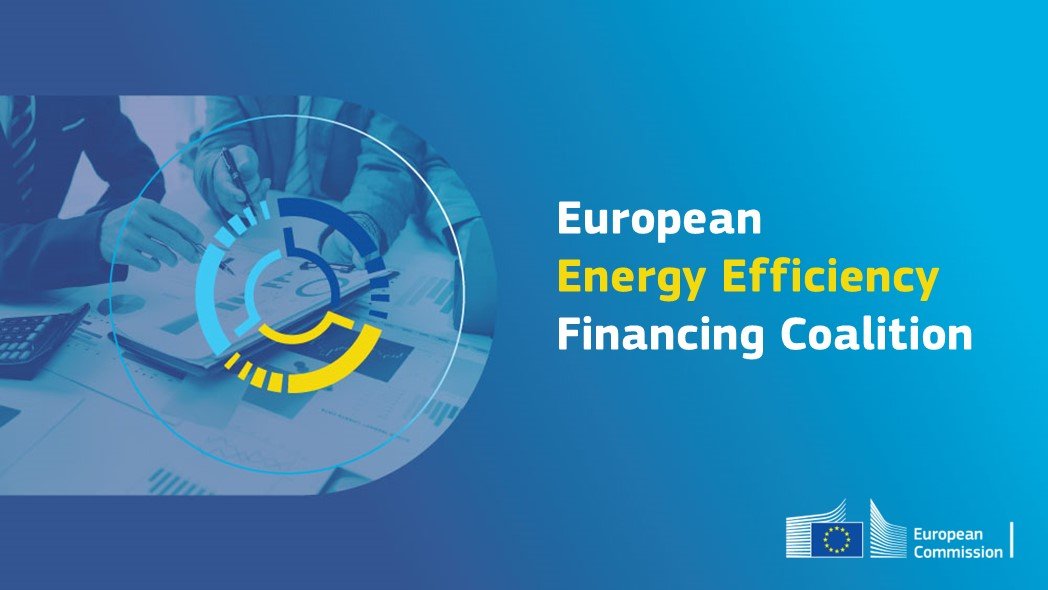EU Energy Commissioner Kadri Simson emphasized the significance of the coalition’s national hubs, affirming their role in facilitating crucial advancements within the market.
In a concerted effort to propel the European Union towards its ambitious emission reduction goals, the European Commission has unveiled the European Energy Efficiency Financing Coalition. This groundbreaking initiative aims to galvanize both public and private sectors to ramp up investments in energy efficiency projects across the EU.
The Commission heralded the coalition as a pivotal platform that “brings together EU countries, Financial Institutions, and the Commission, at the highest level, to create a long-term, viable funding framework for energy efficiency investments.” This strategic alliance operates on multiple fronts, comprising a political level, an expert group, and national hubs tasked with identifying tailored financing solutions for diverse markets.
EU Energy Commissioner Kadri Simson emphasized the significance of the coalition’s national hubs, affirming their role in facilitating crucial advancements within the market. The move comes on the heels of the EU Energy Efficiency Directive, which came into effect last October, mandating member countries to slash energy consumption by 11.7 percent by 2030 compared to 2020 projections.
Under the directive’s purview, the ultimate aim is to cap final energy consumption at 763 million metric tons of oil equivalent (MMtoe) by the decade’s end, a notable reduction from the projected 868.8 MMtoe for 2020. Furthermore, the directive sets a primary energy consumption target of no more than 992.5 MMtoe by 2030, down from the 2020 projection of 1,176.1 MMtoe.
Crucially, the directive enforces the energy efficiency-first principle, mandating that energy efficiency solutions be prioritized in planning, policy, and major investment decisions exceeding specified thresholds. This provision underscores a proactive stance towards energy efficiency, aligning with the EU’s broader green transition objectives.
Moreover, the directive imposes energy savings obligations on member states, progressively increasing from 1.3 percent for 2024–25 to 1.9 percent for 2028–30, based on the average final energy consumption during 2016–18. Member states are tasked with implementing energy efficiency obligation schemes and alternative policy measures, with a focus on addressing energy poverty and supporting vulnerable demographics.
In a bold move towards renewable energy adoption, the directive mandates EU states to transition their district heating and cooling systems to 100 percent renewable energy or waste heat by 2050. By 2028, these systems should incorporate at least 50 percent renewable energy or waste heat, with fossil fuels phased out, except for gas, in systems built or refurbished for a lifespan till 2030.
EU member states are now tasked with integrating the directive’s measures into their national legislation within a two-year timeframe. This legislative push underscores the EU’s unwavering commitment to energy efficiency and sustainability, setting the stage for accelerated progress towards a greener, more resilient future.
With the European Energy Efficiency Financing Coalition poised to catalyze investment in energy efficiency projects, the EU stands poised to fortify its position as a global leader in sustainable development and climate action.
